How to Improve Fast – 1. How to Race
HOW TO IMPROVE FAST by Luis Soubié (photo courtesy of John Payne) PROLOGUE "HOW TO IMPROVE FAST" is a series of short articles to the sailors who usually end up outside the first third of the fleet in most races.They are sailors who week after week try to improve, try to repeat what they did in that race in which they finished better. They try to stay in front when they round the first mark near the leaders, but most of the time they fall back without knowing why..The goal of all this is to provide some technical elements to help them stop committing some recurring errors immediately, so they can see results right away. Of course, and this needs to be said, this is just my humble PERSONAL opinion, and others will have an equally valid different one. This is what I've learned or observed in the 35 years I've been racing sailboats, 26 of them under the "fat bird", and what I try to do or avoid every weekend. 1 HOW TO RACE Over the following chapters I will try to give ten "million dollar tips". Here's the first: "in order to race in sailing you have to concentrate 100% of the time; without it is impossible." I can not emphasize enough the importance of this. You cannot race without thinking. You can sail without thinking, but not race. What is the difference? To finish in the top 20% or not. Not everyone wants to win, but this is a competitive sport, and if you are reading this you want to improve your performance, so engrave this in the depths of your brain: cannot run without thinking. THROUGHOUT THE RACE. Less than this simply does not work. When you stop thinking, you stop racing and start sailing. It's another game. ...
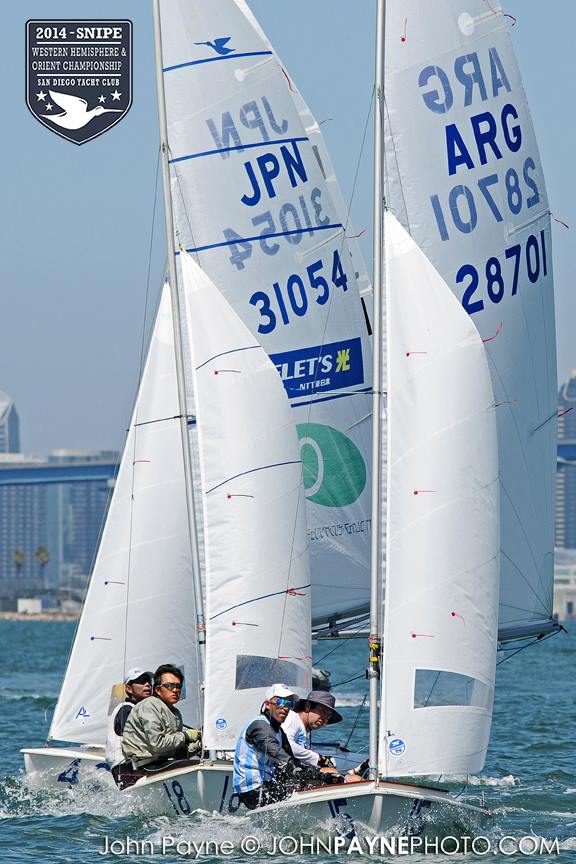

HOW TO IMPROVE FAST by Luis Soubié
(photo courtesy of John Payne)
PROLOGUE
“HOW TO IMPROVE FAST” is a series of short articles to the sailors who usually end up outside the first third of the fleet in most races.
They are sailors who week after week try to improve, try to repeat what they did in that race in which they finished better. They try to stay in front when they round the first mark near the leaders, but most of the time they fall back without knowing why..
The goal of all this is to provide some technical elements to help them stop committing some recurring errors immediately, so they can see results right away.
Of course, and this needs to be said, this is just my humble PERSONAL opinion, and others will have an equally valid different one. This is what I’ve learned or observed in the 35 years I’ve been racing sailboats, 26 of them under the “fat bird”, and what I try to do or avoid every weekend.
1 HOW TO RACE
Over the following chapters I will try to give ten “million dollar tips”. Here’s the first: “in order to race in sailing you have to concentrate 100% of the time; without it is impossible.”
I can not emphasize enough the importance of this. You cannot race without thinking. You can sail without thinking, but not race. What is the difference? To finish in the top 20% or not.
Not everyone wants to win, but this is a competitive sport, and if you are reading this you want to improve your performance, so engrave this in the depths of your brain: cannot run without thinking. THROUGHOUT THE RACE. Less than this simply does not work.
When you stop thinking, you stop racing and start sailing. It’s another game.
…
Ever wondered why that guy that is not faster than you before the race beats you by 200 metres every time? It is, among other things, because he races at that speed 99% of the time, while you are most often distracted and going at that speed no more than 30% of the time.
It’s that simple.
And this distraction regarding speed, transferred to the tactical part, has direct catastrophic results. As a general rule, if you, at ANY time of the race, can not answer immediately the question “Why are you going that way?” , it is because you are not thinking anymore. Any answer like “I think there is more wind there” or “I think I am lifted ” is OK, while in some clinics I received some unusual responses such as “my boat tacked and I kept going (windy)” or “had gone too far to the other side. “
It seems very basic, I know, but do some honest introspection and think: how many times in the last races were you going one way or the other without 10 seconds of analysis? Remember, when two boats cross each other upwind, only one is on the correct tack.
The result of a race is the result of hard work, dedication and talent. Without the last one you can win but without the first two you can´t.
If you are looking to just go sailing, to set the sails easy and twisted, leave the rudder steady, find a comfortable position, and race just letting the boat do its thing, my friends … you are in the wrong sport.
Sailing is beautiful, but during that time of competition (and both before and after actually) the work is intense, 100%. Usually boats have the most speed through constant sail trimming and sometimes not the most comfortable handling. Physically the more effort, the faster you go and mentally the more of the race we focus 100% (regardless of how much we know), the higher percentage of the fleet we will leave behind us.
Sail racing is like a biathlon, where chess and half marathon is mixed—but at the same time. It is a game of the mind and the body. The body without the mind cannot do anything.
Sailors who usually end up in the back half of the fleet, then suddenly find themselves closest to the front in a race, often concentrate and race really well. If they could maintain this level of concentration when they are back in the fleet, where there are very few concentrating sailors, big gains could be achieved.
In my case I sometimes start poorly, and when I have to come back a lot of places I find myself passing 5 to 10 boats in the second half very easily. They wave me past and I approach the top of the race . But in other races when I meet only one of these same boats within the top 5, they are very hard to beat and many times it won’t happen. This is the concentration brought on by success. You have to hold onto it even in moments of “failure.”
That phrase “it is easier to race forward than in the back of the fleet” is relatively certain. Actually, near the top, most sailors do almost everything right (the key word are “most” and “almost”), and an error will immediately take you back, while racing in the back we are more or less alternating successes and failures. What happens is that when we are near the front, “happy and focused,” we make better decisions and everything seems easy, but it is not. This statement only applies perfectly in a championship of many boats at a very good level, where the technical difference between the 5th of the fleet and the 30th is not so great. In this fleet it is much easier to race in the top 10 than between 10th and 30th, where you can’t choose where to go and the water is churned up.
If we demand of ourselves only 30%, it is expected that 70% of the fleet will beat us, race after race. And if that makes you happy it is not bad, but again, if you are reading this is because you may want something else.
So accept it and enjoy it: racing is hard work and is uncomfortable, but very fun and rewarding. Headaches after a tough race last for a while but the memories and a trophy in the cabinet last forever.
To close this chapter, I leave another “million dollar tip”, which is not mine or sailing-specific, but instead universal wisdom from Albert Einstein: “insanity is doing the same thing time after time and expecting different results.”
In the next chapter we will discuss the preparation of the boat.
LUIS SOUBIE – Oct 2014
Comments for this post are closed

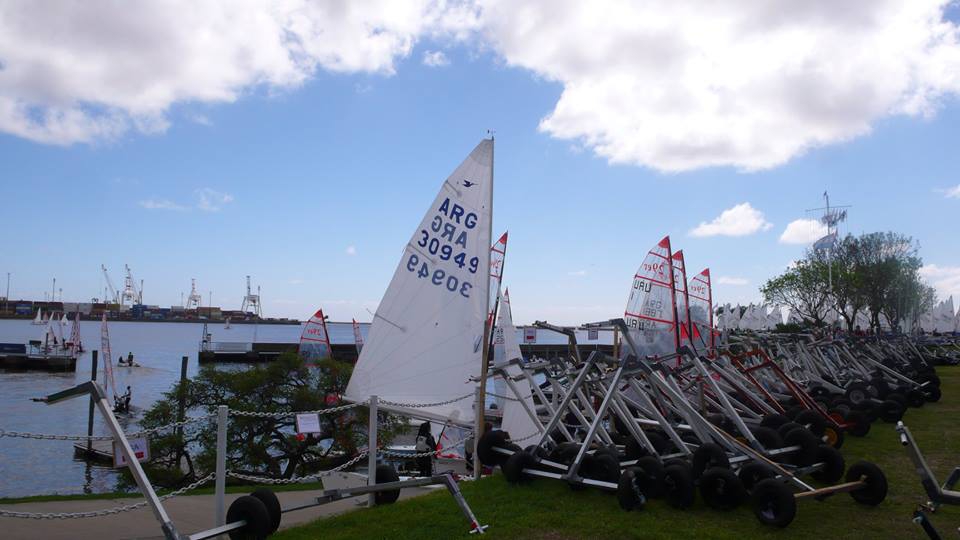


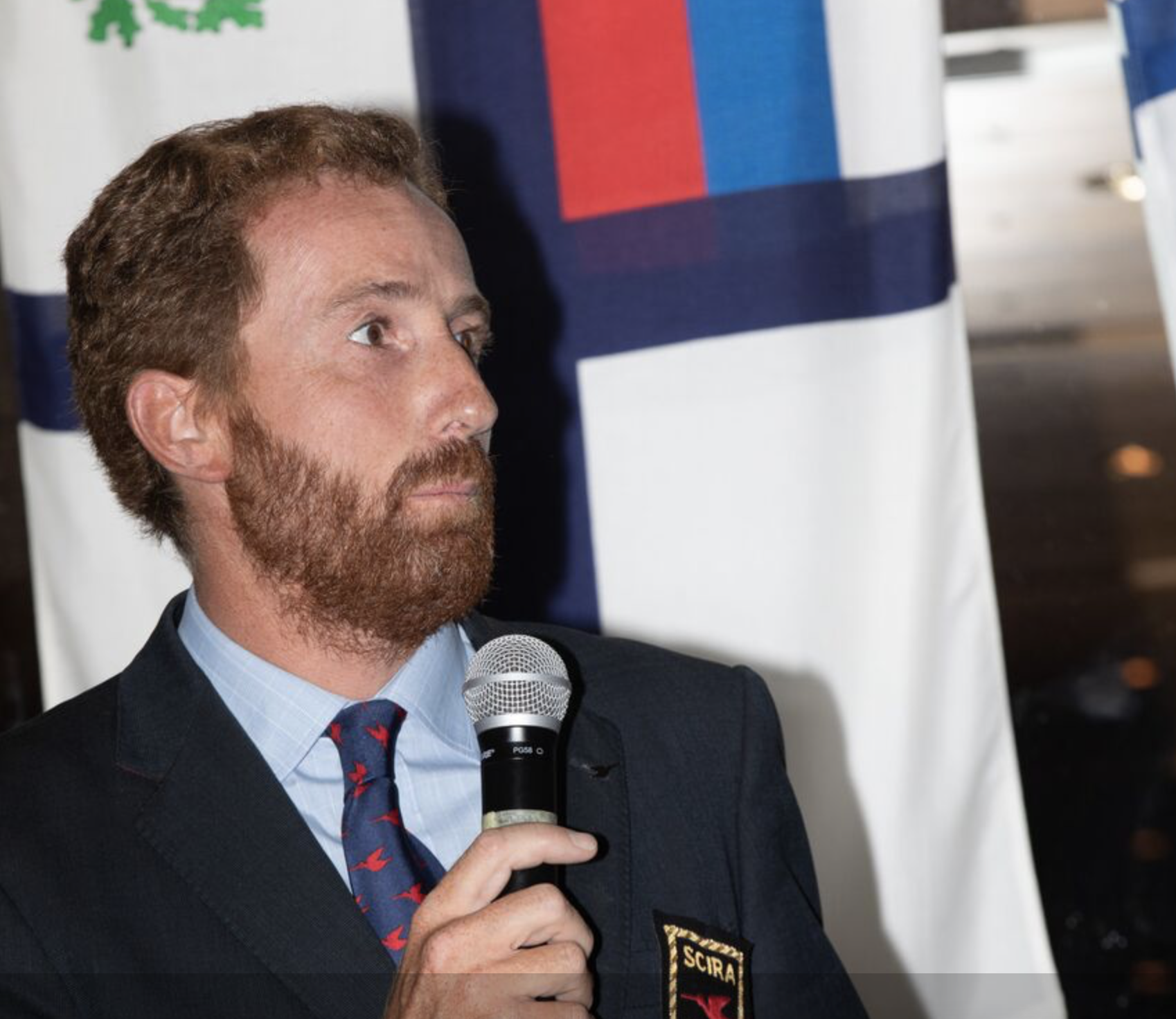
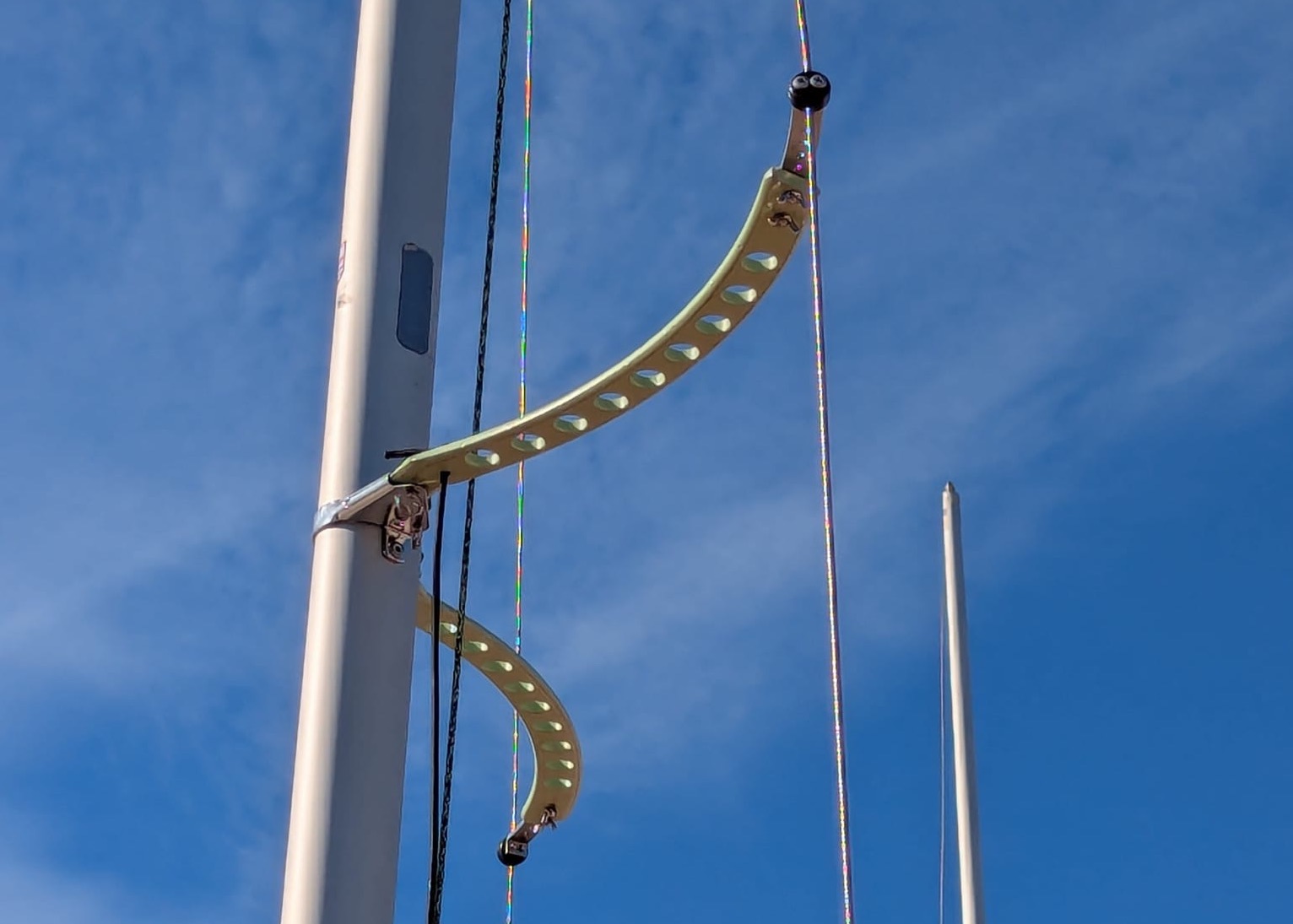


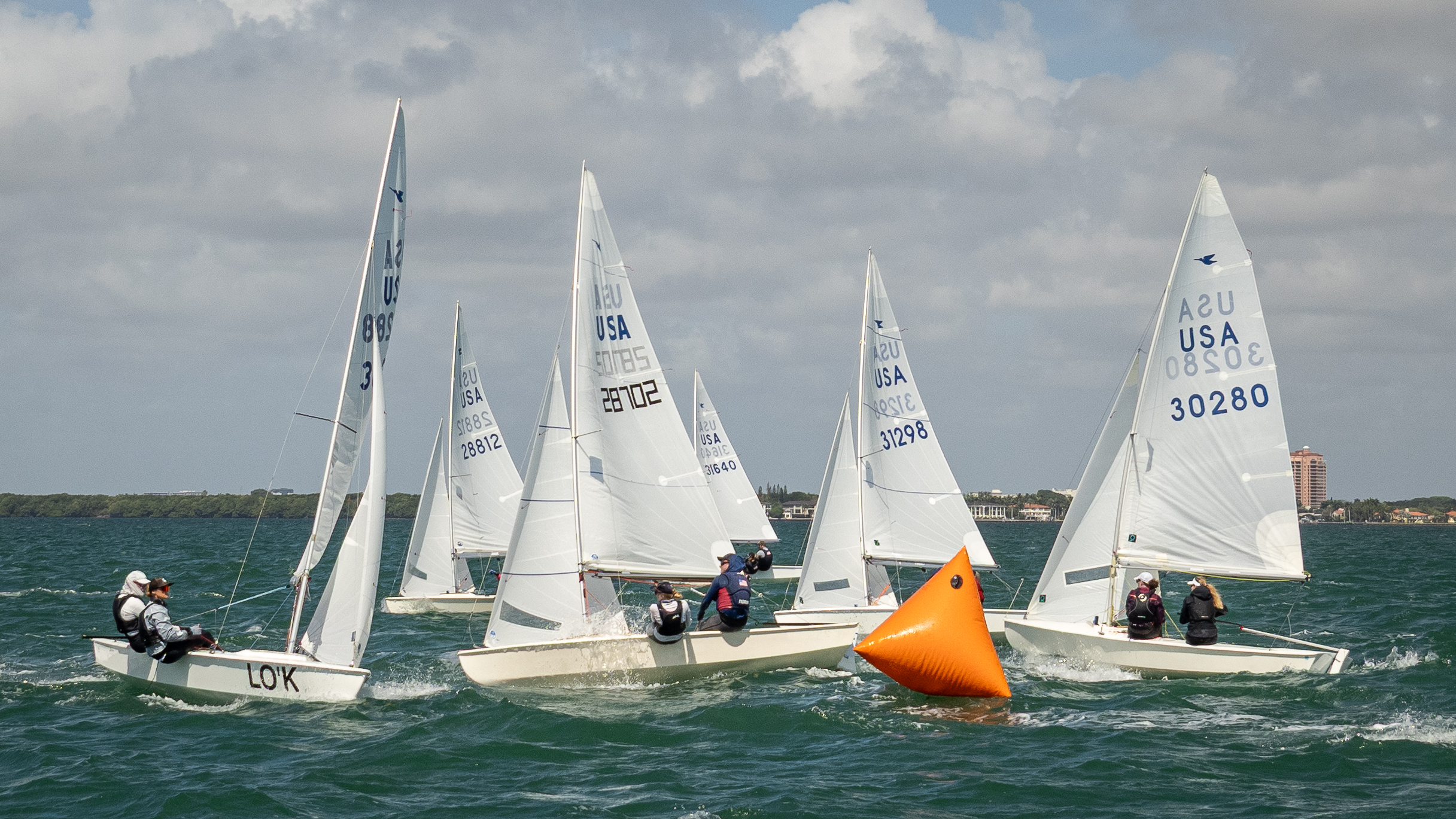
0 comments